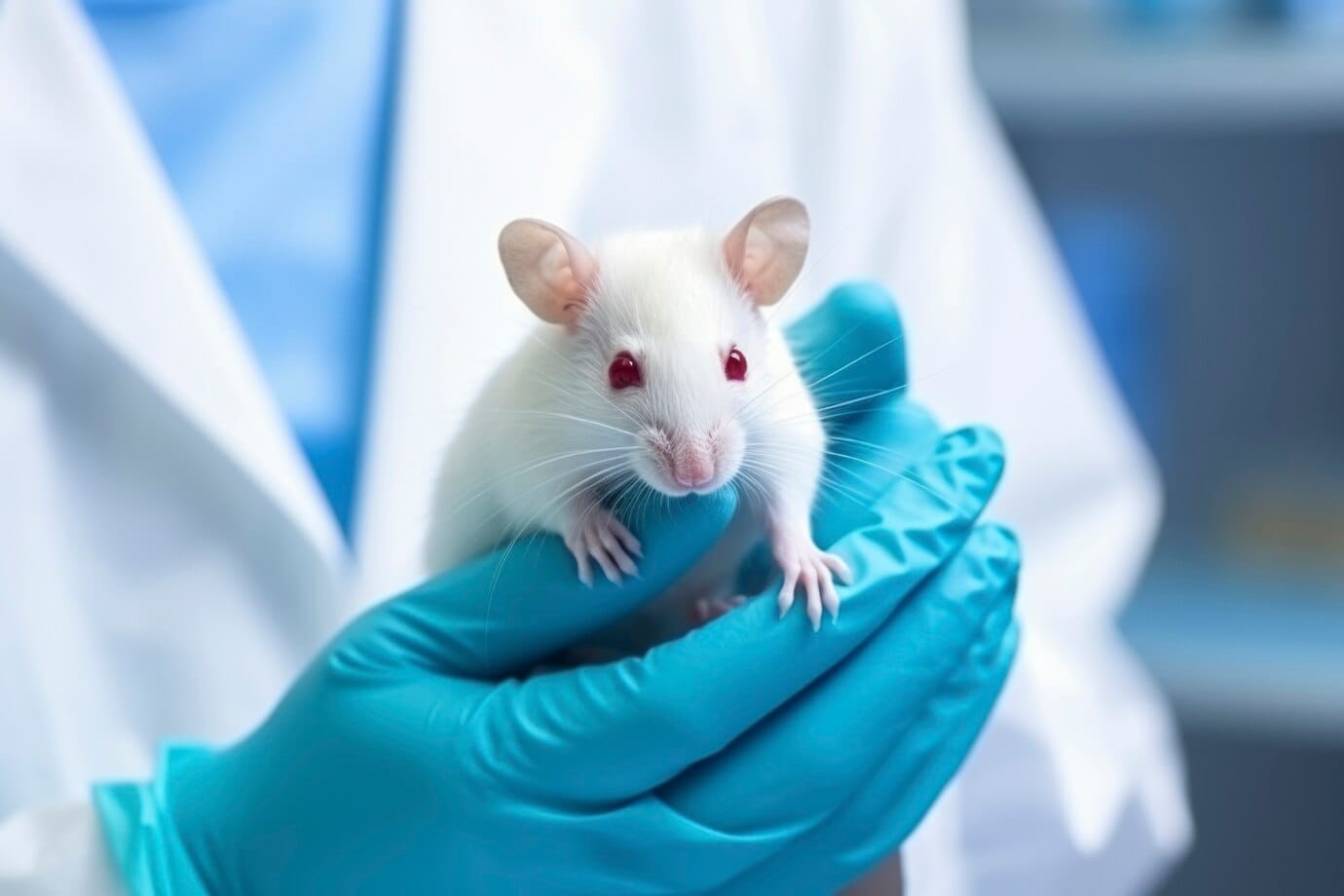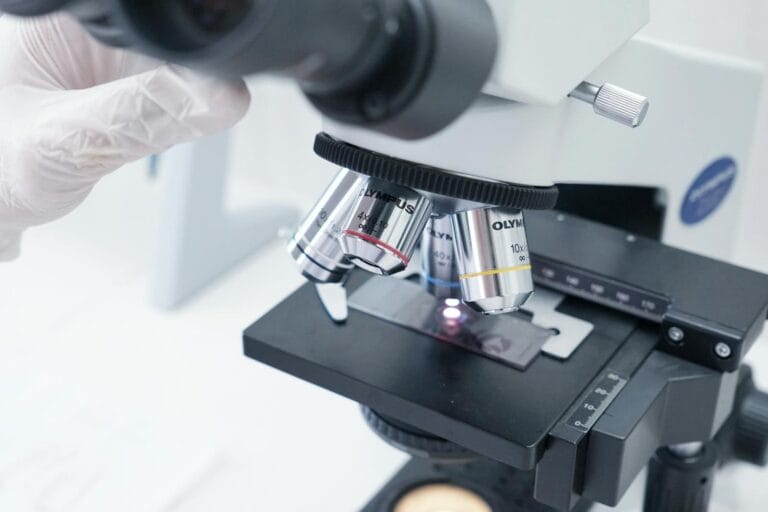
In Vivo Testing of Pesticide Products: Is It Still Allowed?

- Innovations in In Vivo Pesticide Testing
- Exploring Alternative Methods for In Vivo Pesticide Testing
In vivo toxicity testing of pesticide products has long been the standard method for evaluating the safety of active ingredients in pesticides. However, with the advancement of alternative methods such as in vitro and in silico testing, questions have arisen about whether in vivo testing is still necessary.
According to BPOM Regulation No. 10 of 2022, this type of testing is still permitted, provided it strictly adheres to ethical research principles, including the application of the 3Rs (Replacement, Reduction, Refinement). Although alternatives are being developed to reduce animal use, in vivo testing is still considered essential at certain stages of pesticide product evaluation to obtain accurate and representative data.
Innovations in In Vivo Pesticide Testing
In in vivo pesticide product testing, alternative methods are increasingly being used to reduce the use of vertebrate animals. Instead, organisms that are lower in the biological classification hierarchy, such as insects or other small organisms are being utilized. Researchers have also begun adjusting animal husbandry practices and testing procedures to minimize pain or stress experienced by the animals.
These efforts aim to ensure animal welfare and reduce the number of animals used in testing. The Guide for the Care and Use of Laboratory Animals serves as an important reference in decision-making regarding the use of vertebrate test animals. This guideline sets minimum ethical and care standards that researchers and institutions must follow when conducting pesticide toxicity tests, ensuring that humane aspects are upheld in research.
Non-vertebrate animals and lower vertebrates such as fish, tadpoles (amphibians), and invertebrates like sea urchins can be used as alternatives in pesticide toxicity testing. These animals offer many advantages, such as being easy to breed, available in various species and sizes, and suitable for testing various aspects of pesticide toxicity, including effects on embryos, nervous systems, hormones, and potential carcinogenicity.
Exploring Alternative Methods for In Vivo Pesticide Testing
The micronucleus test in amphibians can be used as an alternative in vivo method for testing and monitoring pesticide toxicity in natural aquatic environments. Previous research has been conducted on tadpoles of the Rana temporaria and Xenopus laevis species to test the toxicity of pyrethroid pesticides. Results showed that pyrethroids can cause damage to the mitotic spindle, disrupting or preventing normal cell division.
Results also showed that pyrethroids trigger clastogenic activity, meaning they can cause damage to chromosomes, such as breaks or fractures, which can disrupt genetic information in cells. The Fish Embryo Toxicity (FET) test is an alternative method developed to replace acute toxicity tests on adult fish, including in pesticide product safety testing. This method is considered more ethical and animal-friendly because it uses fish embryos, which are not yet categorized as conscious animals.
Read more:
Teratogenic Toxicity Test of Herbicide Products Using Zebra Fish (Danio rerio)
In the context of pesticide testing, the FET test is useful for evaluating the potential hazards of active ingredients or pesticide formulations to aquatic organisms from an early stage of development. The results of this test can be used for environmental risk assessments, wastewater pollution testing, and for the classification and labeling of pesticide chemicals. A further method called the Fish Eleutheroembryo Toxicity (FEET) test is currently being developed, which tests fish that have just hatched but have not yet begun feeding.
This method is expected to be an alternative to the acute toxicity test on adult fish, as described in OECD Guideline 203, while expanding the scope of more ethical and efficient pesticide testing. Meanwhile, the use of invertebrates such as insects, mollusks, and marine animals like sea urchins is considered more ethical than using mammals, birds, or even fish. This makes these invertebrates a viable option and increasingly used as test models in ecotoxicology studies.
Researchers use a variety of small invertebrates such as squid, shrimp, snails, and cockroaches. The nervous system of these animals is studied because it can reveal how pesticides affect the nervous system. Additionally, tests are being conducted using sea urchin embryos and other marine animals to determine the potential harm of pesticides and herbicides to non-target marine life.
This test also helps assess whether seawater is still clean and safe for life. While alternative methods such as FET and micronucleus testing in amphibians are being developed, in vivo testing remains a crucial part of ensuring the overall safety of pesticides. To ensure your product passes testing with an accurate, ethical, and regulatory-compliant approach, discuss your testing plan with our team of experts today.
Author: Dherika
Editor: Sabilla Reza
References:
Jang, Y., Kim, J.E., Sang., H.J., & Myung, H.C. (2014) Toward a Strategic Approaches in Alternative Tests for Pesticide Safety. Toxicological Research, 30(60), 159-168. http://dx.doi.org/10.5487/TR.2014.30.3.159.
Sholikhah, E.N. (2023). Toksikologi dan Aspek Etik dalam Pengembangan Obat dari Bahan Alami. Pidato Pengukuhan Jabatan Guru Besar. Universitas Gadjah Mada.



